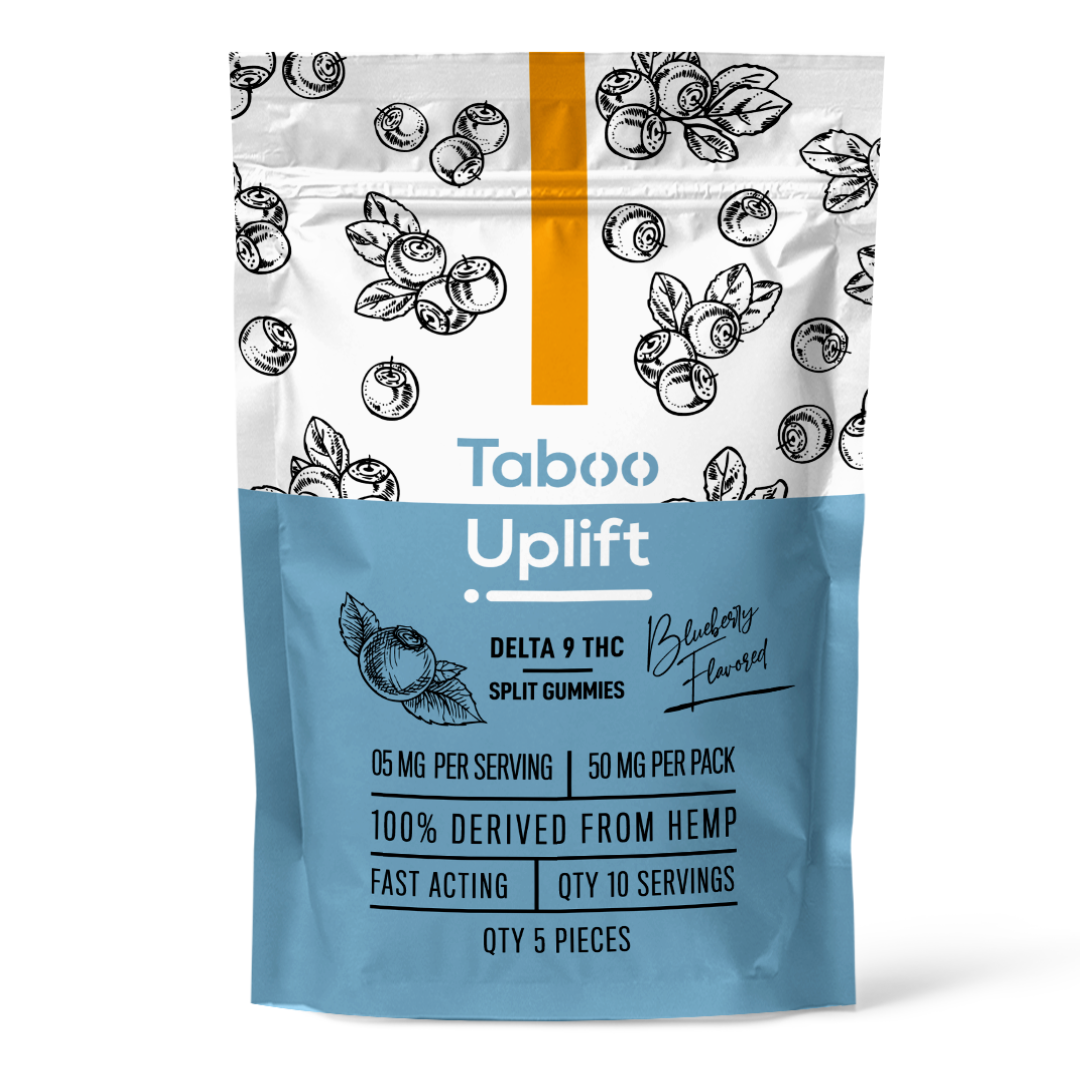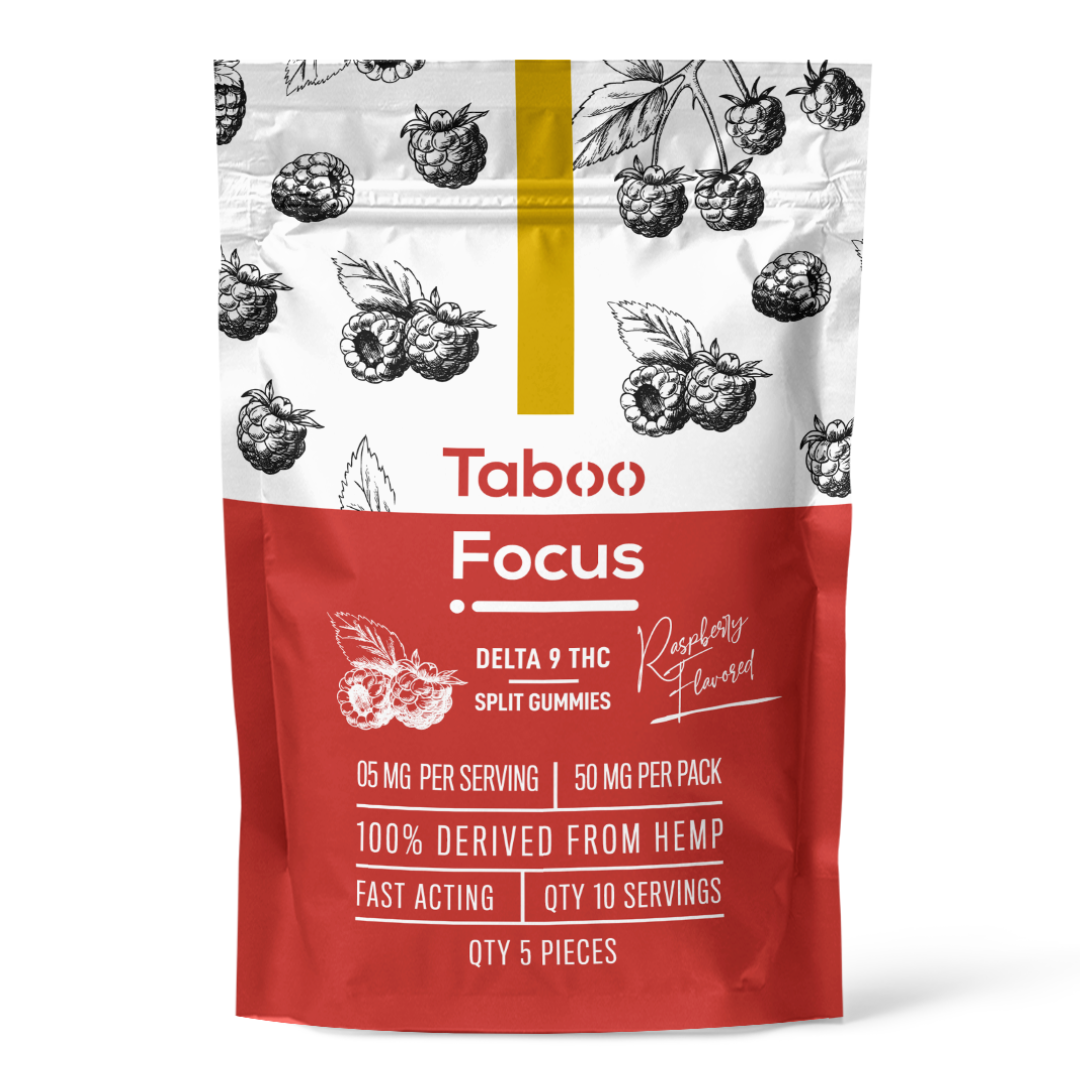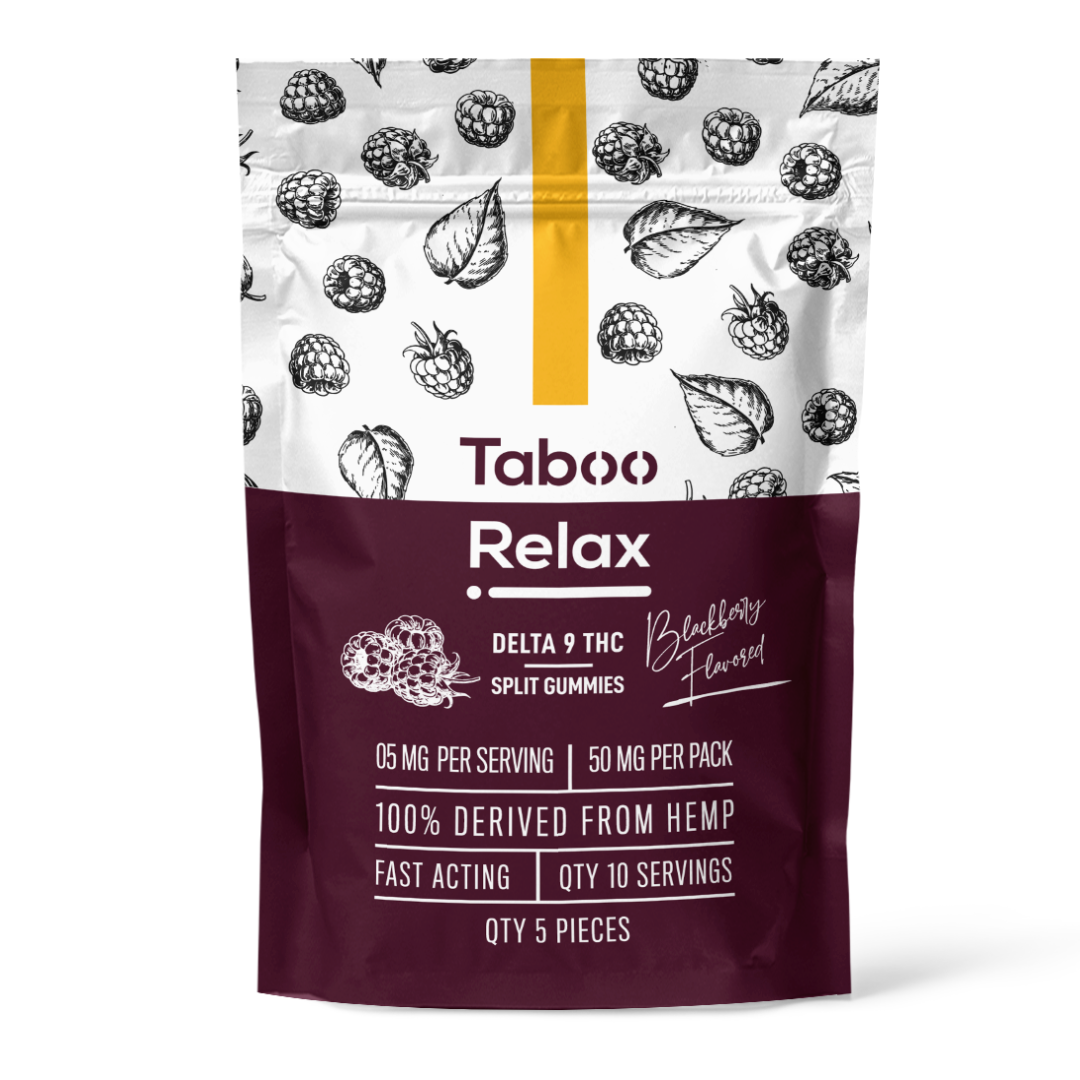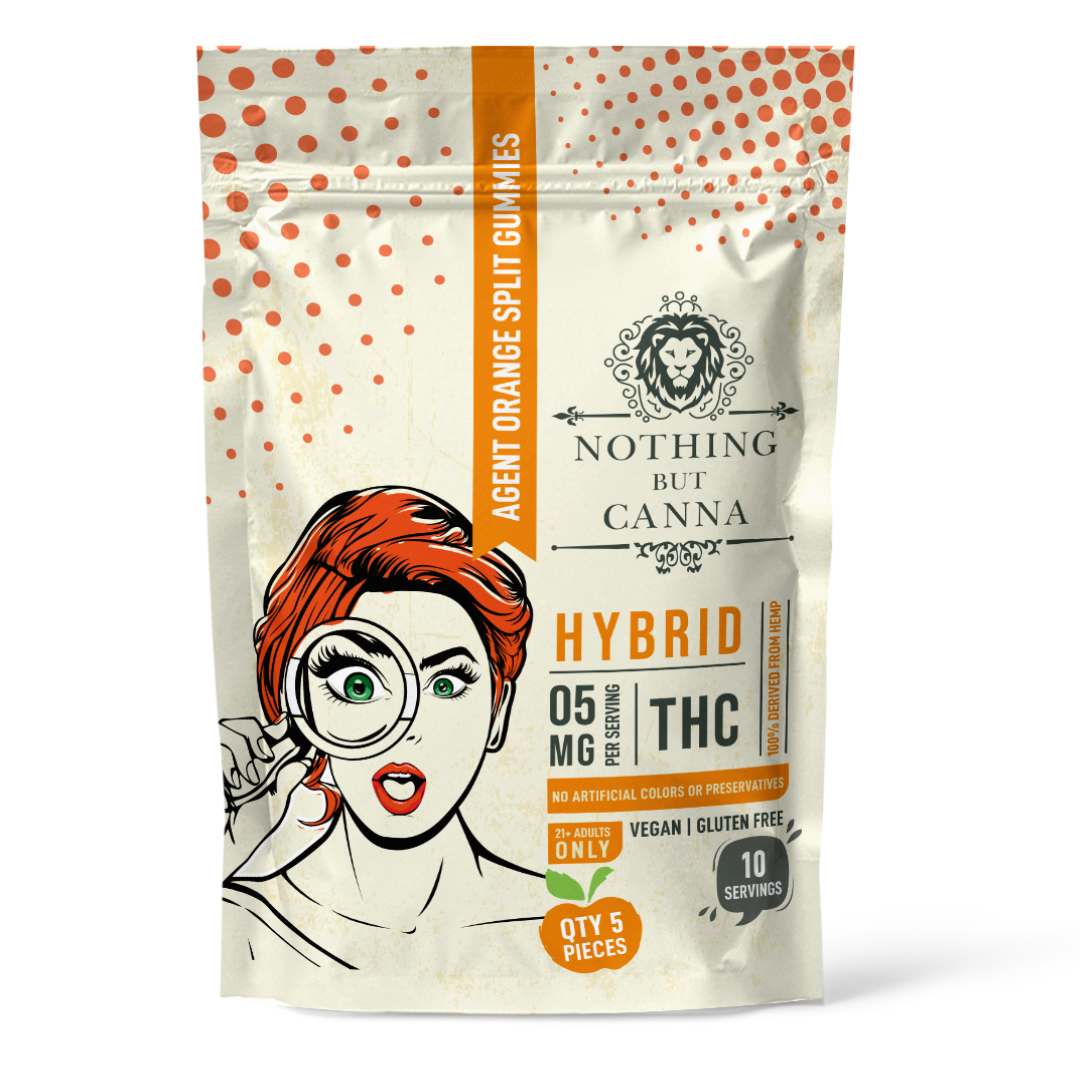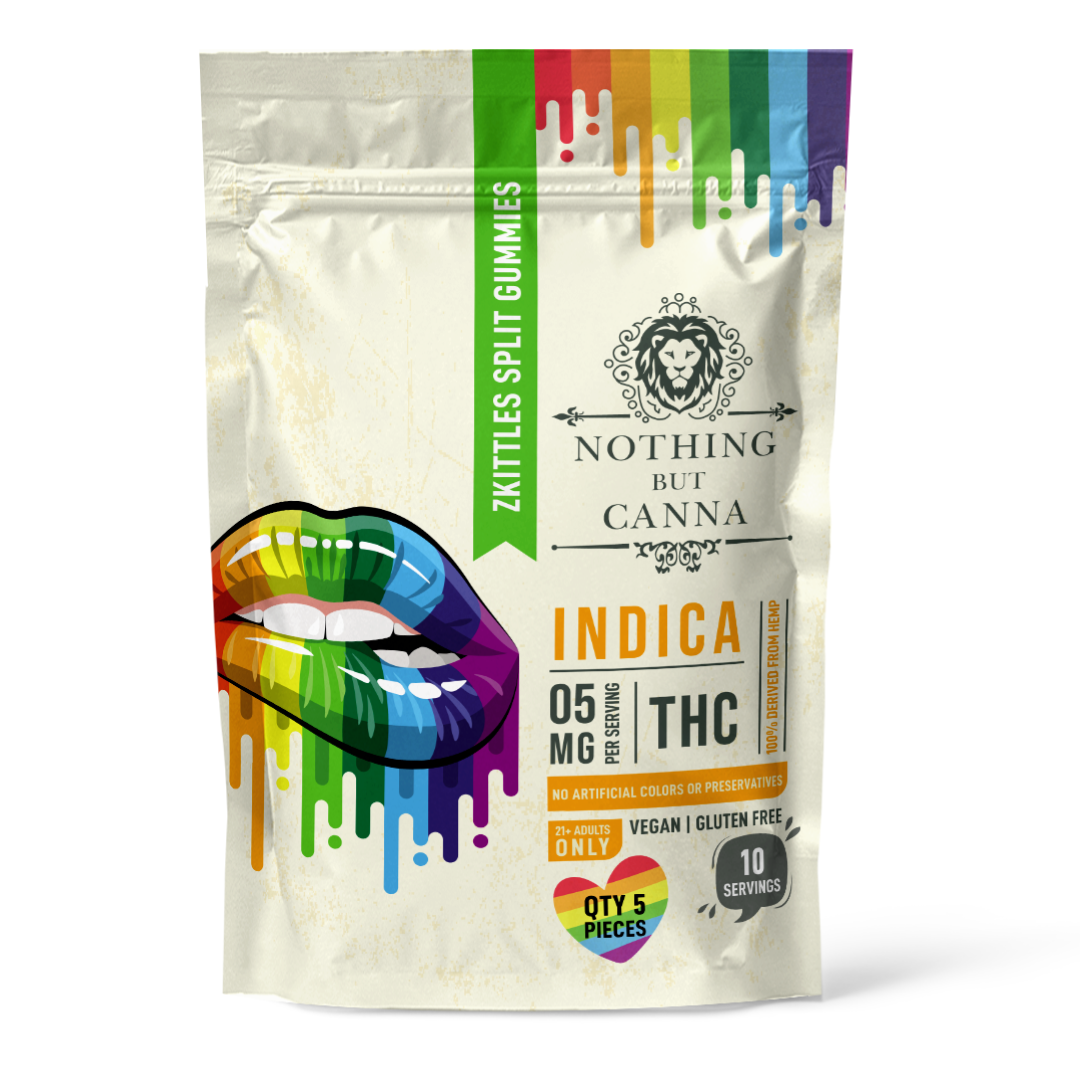
Hemp seeds have become a popular superfood in the United States, but farmers are still not legally allowed use this nutrient-dense plant as food for their animals. Also, consumers are not allowed to eat meat or eggs that came from animals that were fed hemp.
However, the Hemp Feed Coalition (HFC) recently took the first step to help hemp receive the approval it needs to legally be used as an animal feed ingredient. This Colorado-based nonprofit submitted an ingredient application on Feb. 4 to the Association of Animal Feed Control Officials (AAFCO) and the U.S. Food and Drug Association-Center for Veterinary Medicine (FDA-CVM).
This application reportedly followed a two-year process involving an ingredient investigation and a clinical trial. Once the application is approved, it will reportedly allow hemp seed meal and cake to be used in commercial feed for egg laying hens. Selling the eggs or meat from these animals reportedly requires additional approvals.
Hemp could be the right solution at the right time
Currently, animal feed can be made with soybean meal, barley middlings or wheat middlings, but a large portion of the animal feed on the market is reportedly made from dried distillers grains. These are byproducts of the corn ethanol industry.
However, the COVID-19 pandemic caused many people to reduce their time on the road in 2020, which resulted in a dramatic drop in the ethanol market, according to a July 2020 article in Hemp Grower magazine. If this trend continues, a decrease in available dried distillers grains may provide a gap in the market. The need for animal feed is expected to continue rising as the human population rises, which might amplify this shortage.
Fortunately for the hemp industry, a decrease in dried distillers grains and an increase in feed demand could provide the ideal opportunity for hemp-based animal feed to enter the market.
Why waste any part of this nutritious food?
Hunter Buffington, Executive Director of the HFC, told Hemp Industry Daily that the HFC choose hempseed meal and seed cake for their first step because there is a significant amount of the material sitting in farmers’ warehouses. This material is a byproduct of hemp grain that has been crushed for oil for human consumption.
“When you look at the nutritional composition, there’s no reason we can’t be feeding it,” she added.
Hemp seeds reportedly have a higher percentage of protein than chia or flax seeds. They are rich in omega-6 and omega-3 essential fatty acids. They can also be a good source of several vitamins and minerals.
According to Healthline, hemp seeds can reduce the risk of heart disease, improve immune responses in the body, relieve dry skin and improve digestion. These and other benefits can be provided whether the seeds are consumed raw or cooked.
“We’ve always known . . . that could be the greatest opportunity,” founding HFC member Wendy Mosher told Hemp Industry Daily. “Part of it is because [of] the nutrition of the grain — and if we feed it to our animals and then we consume those animals, how much healthier is everybody going to be?”
“All in all, it’s better for animal health and for our farmers to have a place to drop it off,” Mosher added.
Creating change takes time
Although people in other parts of the world have been reportedly feeding their animals hemp for decades, regulators in the U.S. required data from American producers before they would consider approving hemp for this use.
The HFC had to conduct an ingredient investigation of hemp seedcake and conduct a clinical trial to prove the safety and efficacy of hemp for laying hens. The hemp industry also shared Certificates of Analysis from different parts of the country to prove that hempseed cake and meal can be consistently grown and processed.
It took two years for the HFC to gather the information needed for their recently submitted application. The approval process could reportedly take up to four years, but Mosher told Hemp Industry Daily that that authorities in AAFCO and FDA-CVM promised to fast track the process. If all goes according to plan, hemp-based animal feed could be approved in the next 18 to 24 months.
Regardless of how long the approval process takes, the submission of HFC’s application marks an important moment in history. As the first application of its kind, it may even help pave the way for the approval of other hemp uses.
“The first [submission] is always the hardest,” Buffington said in a news release. “[I]t was definitely a group effort to submit the first ever application in the U.S. for hemp as an official feed ingredient.”
Sources
[2] https://hempindustrydaily.com/hemp-in-animal-feed-is-closer-to-becoming-reality/
[3] https://www.hempgrower.com/article/hemp-animal-feed-grain-production/
[4] https://www.healthline.com/nutrition/6-health-benefits-of-hemp-seeds










